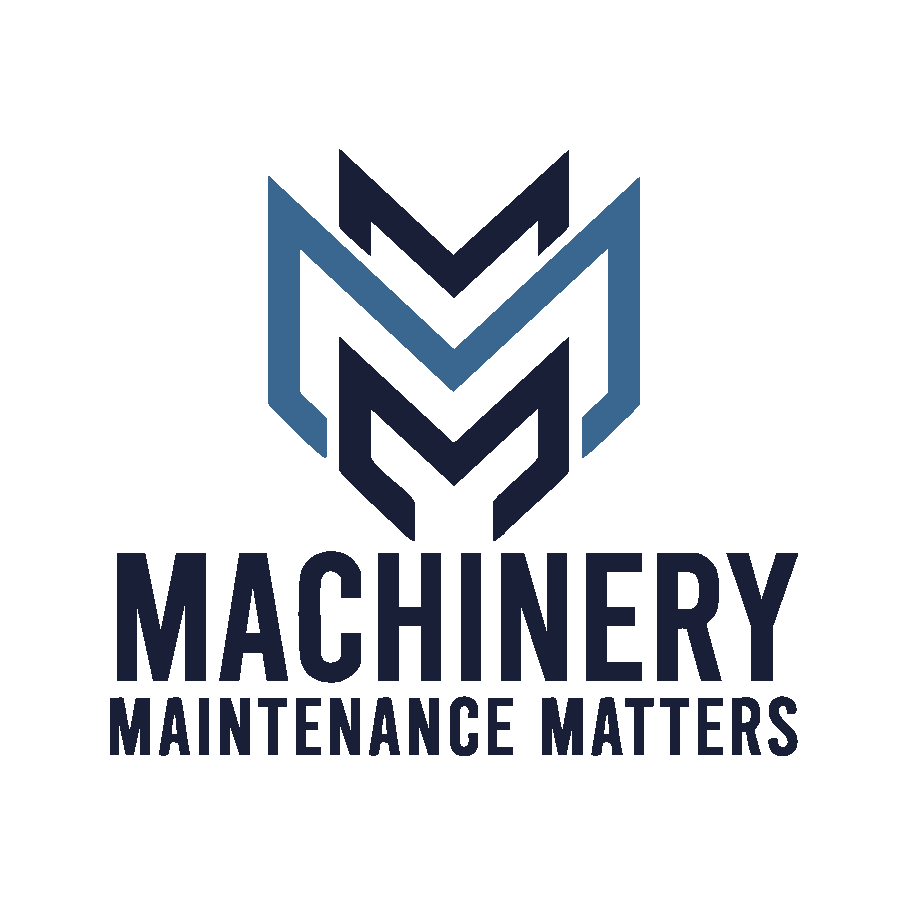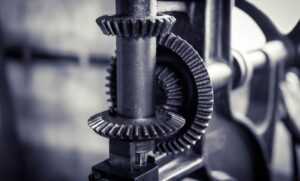“Climate change has caused fluctuations in weather patterns, resulting in extreme conditions such as increased humidity and more frequent storms. This means equipment in coastal regions of Africa is exposed to heightened corrosion risks.“
By Jimmy Swira
Corrosion of components in mission-critical equipment is an unavoidable challenge that heavy industries must be prepared to address. This can cause significant wear, which, if not properly managed, leads to downtime and considerable revenue losses.
Varying Levels of Exposure
Not all companies are exposed to corrosion risks in the same way, though. Some locations are more exposed than others. For example, coastal regions of Africa, such as Dar es Salaam, Lagos, and Cape Town, face a higher risk of corrosion compared to inland areas like Lusaka, Johannesburg, or Kigali.
Similar issues occur in other coastal regions, such as parts of Southeast Asia. Coastal areas typically face extreme conditions, such as high humidity (sometimes reaching 80% or more) and salt-laden air.
These factors accelerate component corrosion, resulting in wear, tear, and oil contamination. All of these create significant maintenance challenges for maintenance teams.

A corroded component of a gearbox
Frequent Cases of Component Corrosion
To address these challenges, effective strategies are needed.
In an industry review, Llewellyn Owen, Marketing Manager of Lubrication Engineers (LE) South Africa, a provider of industrial lubrication solutions, noted frequent cases of equipment component corrosion caused by high humidity in coastal areas across many industries. One of the most affected types of equipment is enclosed gearboxes imported into the region.
Enclosed Gearboxes at Risk
“Many imported enclosed gearboxes do not have adequate level monitors or sight glasses (transparent indicators for oil levels). This allows moisture to enter the unit, affecting both the oil and components. The oil is also exposed to airborne contamination. Additionally, sight glasses can become contaminated, making it difficult for operators to see what is happening inside the gearbox.”
Increased component corrosion is also observed in other equipment, with equally disruptive effects on operations.
Inadequate Protection Measures
In some cases, well-intentioned programmes from reliability teams fall short in protecting equipment. This may be due to using incorrect protection measures, such as inappropriate breathers (devices that filter air entering equipment), poor lubrication practices, or lubricants that can handle airborne contamination but not constant water ingress. Targeted solutions are essential to overcome these issues.
Managing Corrosion Effectively
To protect gears, the correct lubrication and suitable preventative maintenance devices must be used.
i. Correct Lubrication
When it comes to lubricants, proper selection is critical. This means using the right products, in the correct quantities, and at appropriate intervals. A gearbox in coastal environments requires a lubricant that can handle both airborne contaminants and constant water ingress.
Lubrication Engineers begins with an on-site equipment assessment. A trained lubrication consultant then recommends the appropriate lubricants, application methods, usage amounts, and lubrication intervals. In coastal areas, following these recommendations has resulted in significant improvements in equipment lifespan and performance.
ii. Preventative Maintenance Devices
Des-Case breathers (devices that remove moisture from air entering equipment) have proved effective in preventing moisture ingress. Furthermore, condition-based monitoring (tracking equipment performance to predict maintenance needs) should be part of an aftermarket reliability programme. This informs predictive maintenance strategies, enabling early detection of component wear.
Considering Environmental Impacts
For maintenance programmes for mission-critical equipment in coastal areas to be effective, environmental impacts on wear, tear, and contamination must be considered.
To illustrate the value of effective maintenance, the Water Research Council states that annual maintenance of infrastructure, such as pipelines or pump stations, can cost less than 1% of their replacement value. Conversely, poor maintenance can reduce a pump’s lifespan by 30% to 50%, leading to unscheduled repair and replacement costs. Generally, effective maintenance extends replacement cycles for pumps, filters, mixers, and other components, deferring these costs.
This is what companies should consider when developing asset reliability programmes for coastal operations. Moreover, climate change has caused fluctuations in weather patterns, resulting in extreme conditions such as increased humidity and more frequent storms. This means equipment in coastal regions is exposed to heightened corrosion risks. Thus, the business case for safeguarding critical equipment like gearboxes could not be more compelling.







